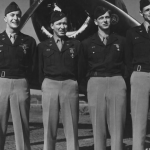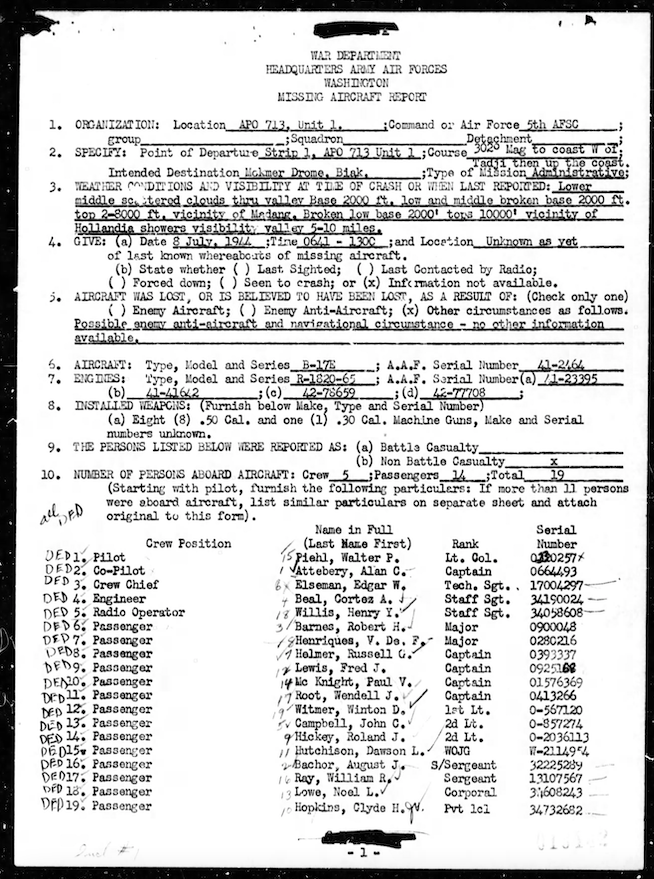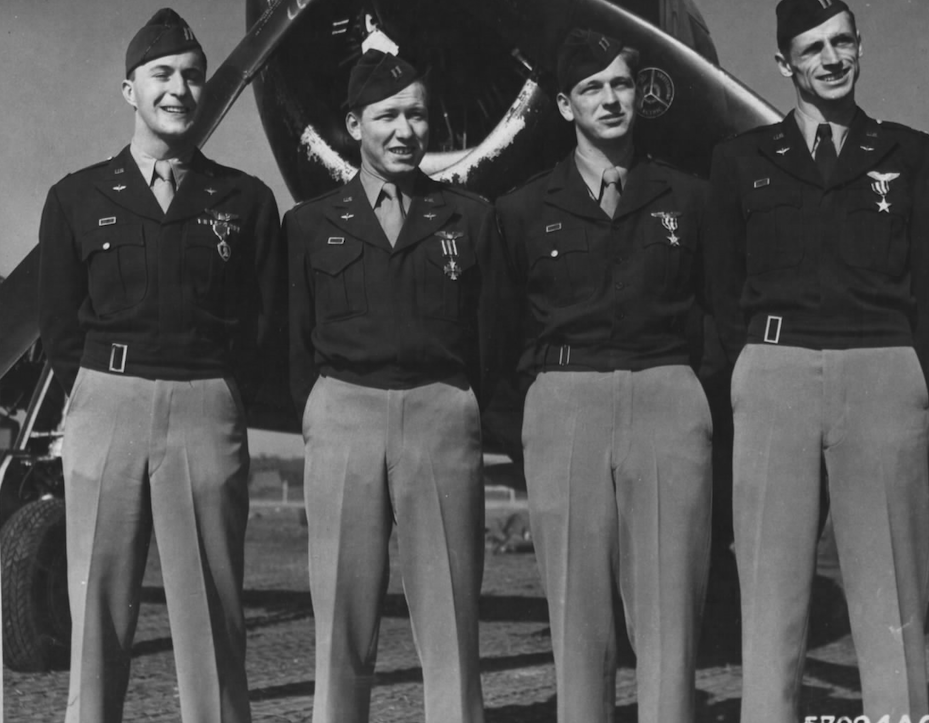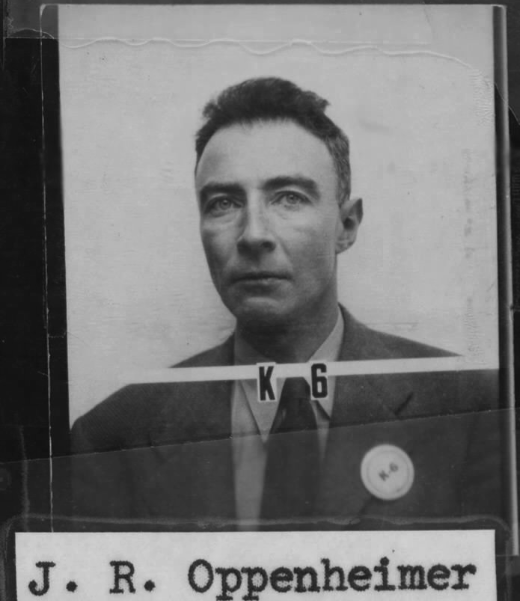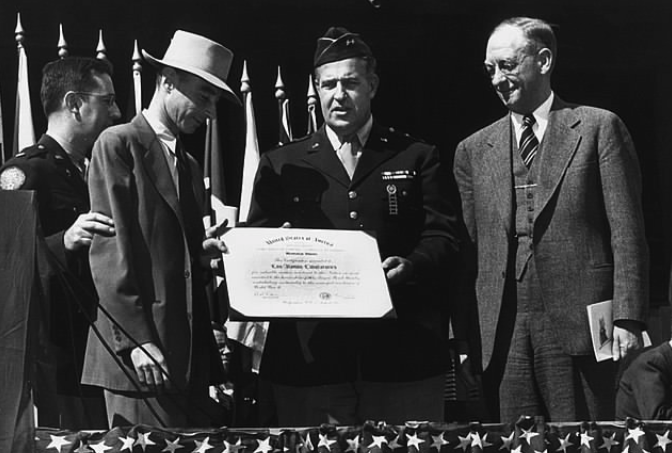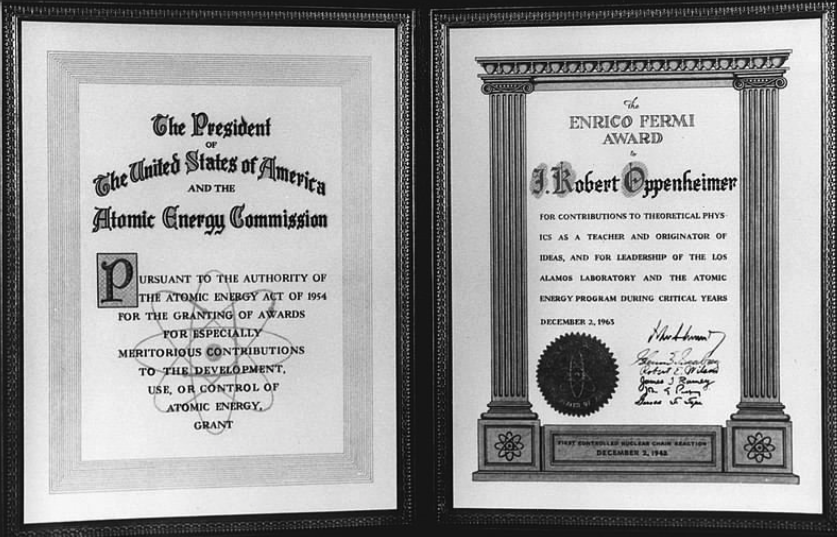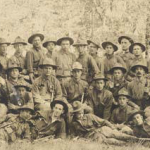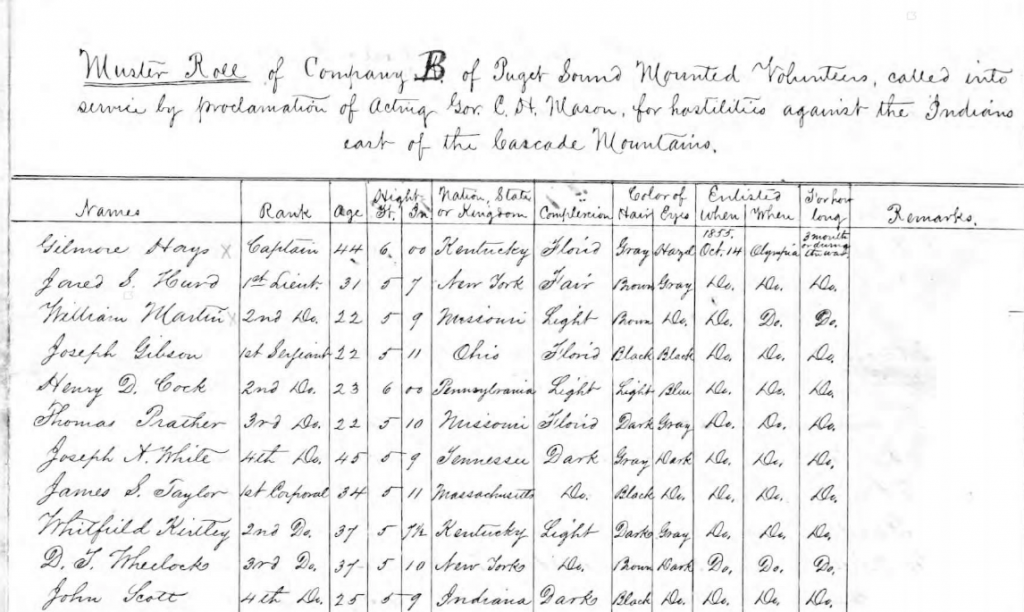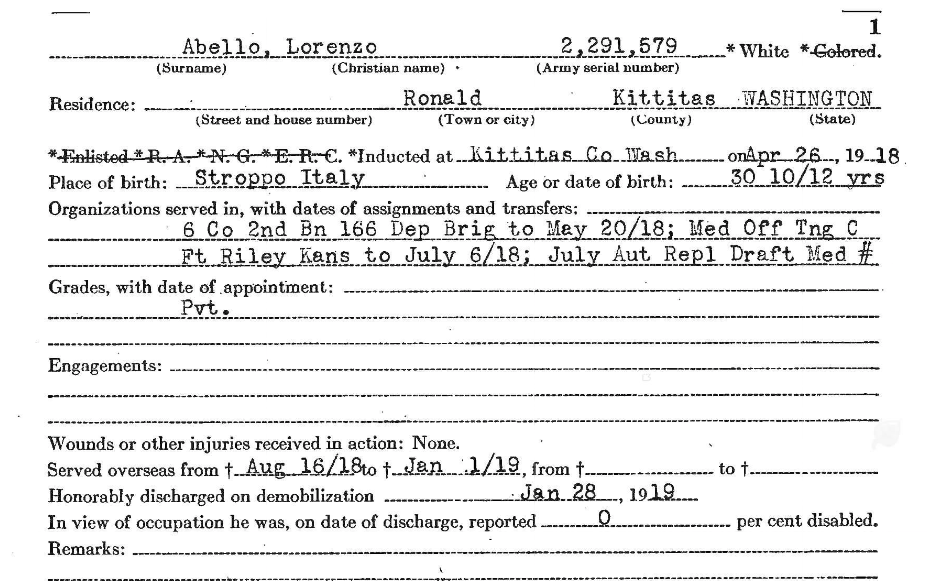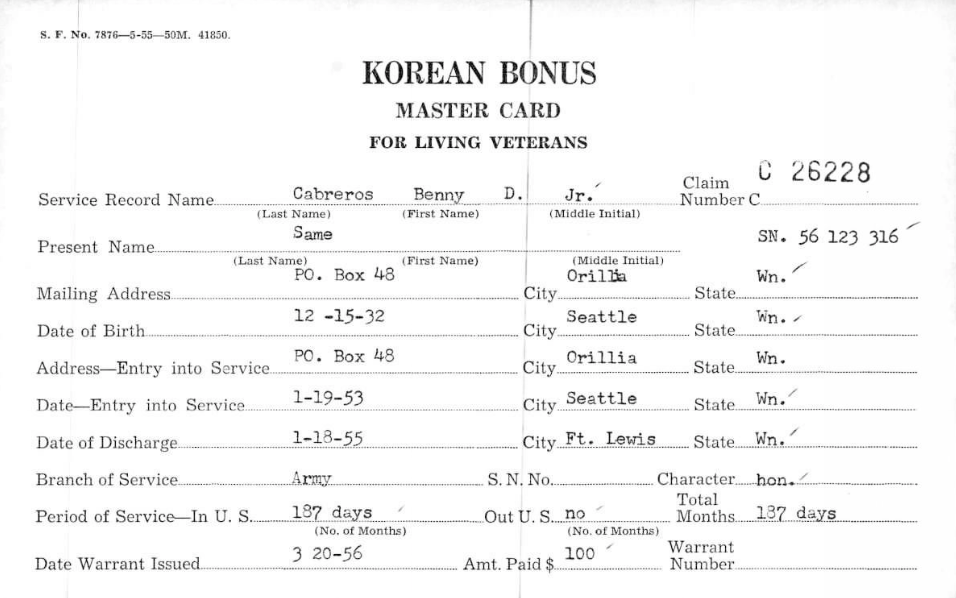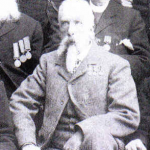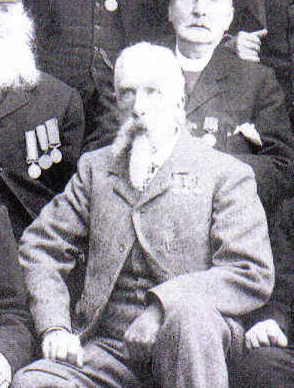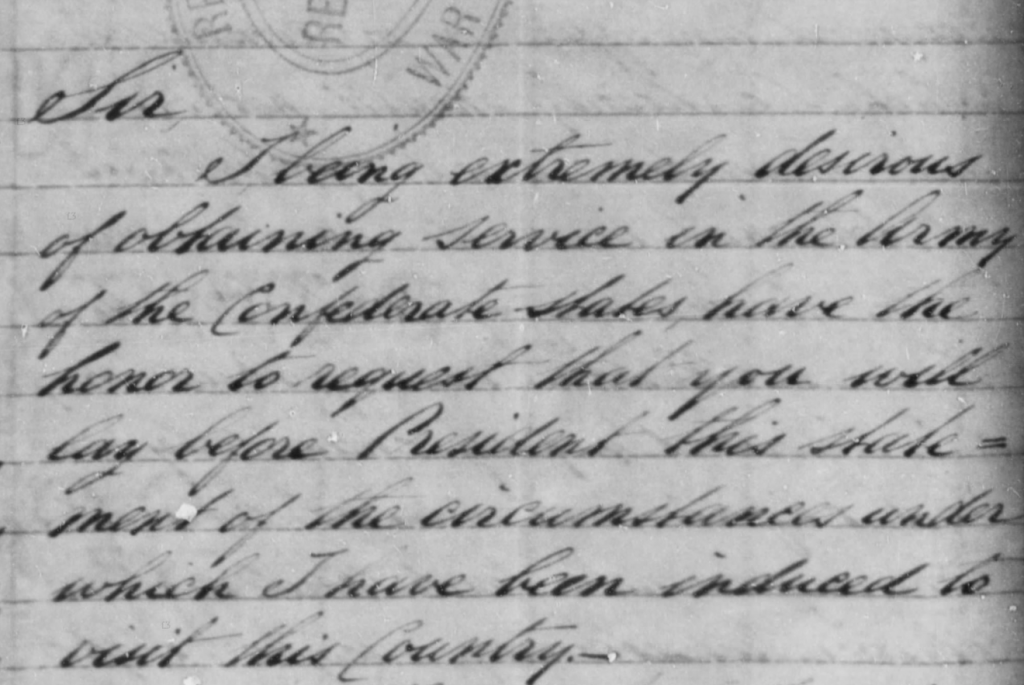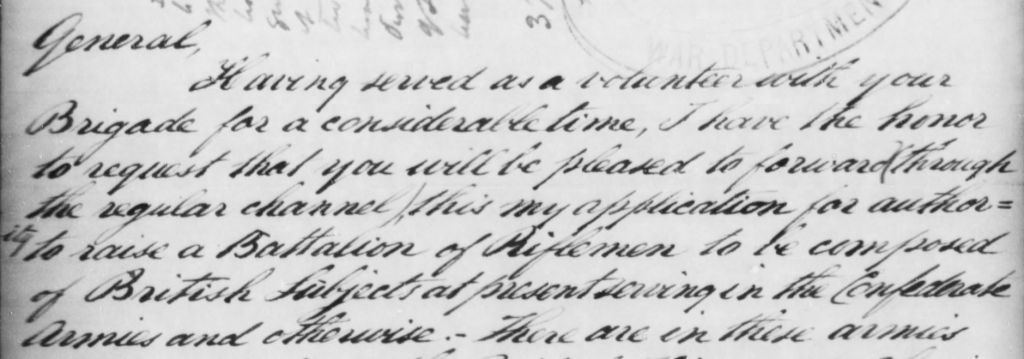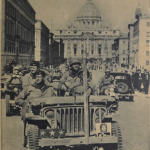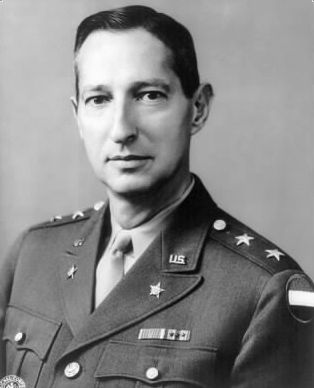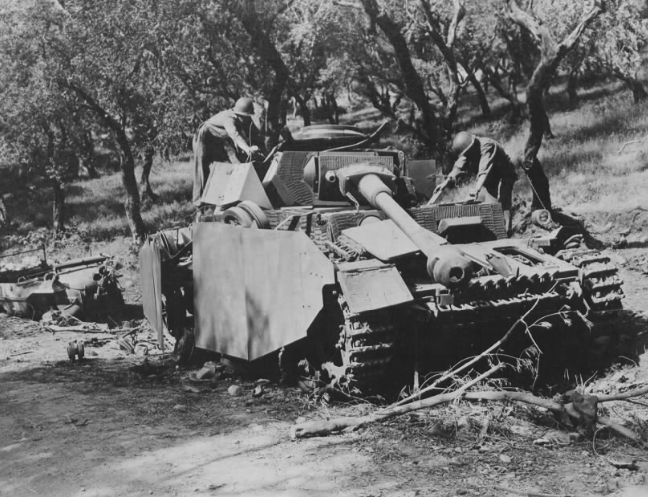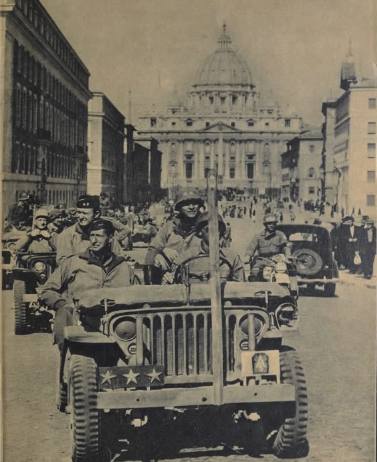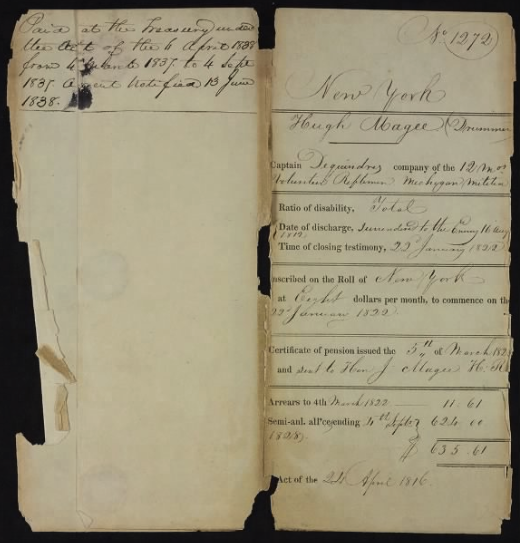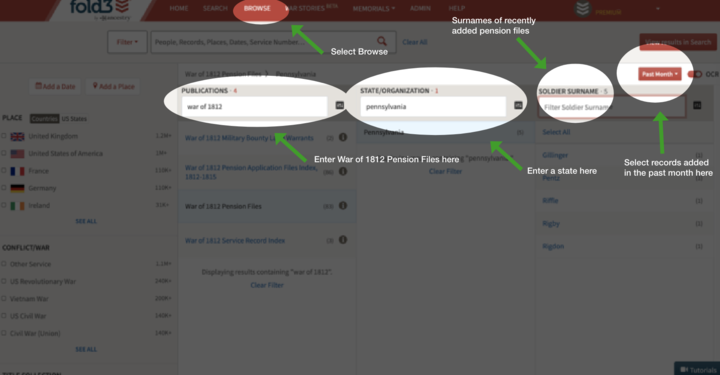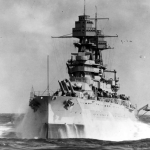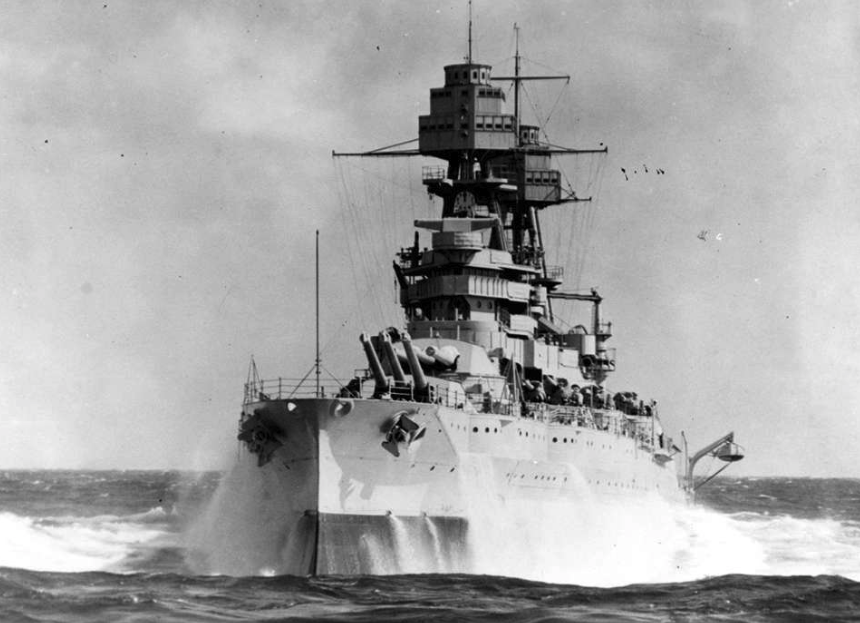Military records are a rich resource for genealogical and historical research. These records provide a treasure trove of information and shed light on the details of service personnel and their family members. Many US military records were lost in a 1973 fire, and Fold3® record collections can help recreate the military history of your ancestors. Following are some search tips to help you make the most of records on Fold3®.
Use Search Filters: Begin your search on Fold3® by using our search filters. As you enter a search term, a pop-up asks if this is a keyword, name, or place. Selecting a filter will dramatically reduce your results, making it easier to access your desired records. Additional filters like conflict/war, military service number, dates, etc., allow you to narrow your results further. Military records differ from vital records, and the record you seek may not use a full legal name. Be sure to try name variations like first initial and last name, for example. Researchers can also toggle back and forth between searching collections and our patent-pending Browse experience. To learn more about Browse, click here.
The 1973 Fire at the NPRC: On July 12, 1973, a massive fire broke out at the National Personnel Records Center in St. Louis, MO. It burned for 22 hours and destroyed 16-18 million military files. Records affected included 80% of Army files for Personnel discharged between November 1912 – January 1960; and 75% of Air Force files for Personnel discharged from September 1947 – January 1964. No duplicate copies of these records were ever maintained. These lost records present a roadblock, but other available record sets can help you construct a military history.
For example, if you are searching for a WWII veteran, you might search for records like Unit Histories, Missing Air Crew Reports, Draft Registration Cards, WWII Diaries, or Air Force Photos. Remember that until 1947, the US Air Force was part of the US Army (United States Army Air Force – USAAF). Navy Muster Rolls recorded the movements of troops on transport ships even if they didn’t serve in the Navy, and if your ancestor was sick or injured during their service, the military recorded hospital admissions (though many hospital admissions used only a military service number on the record instead of a name). If you know the infantry regiment or battalion your ancestor served in, that information can also open research avenues.
Finding Your Ancestor in Indexed Manuscript Records: Some of our oldest records are handwritten letters, pension files, and other manuscripts from the Revolutionary War, War of 1812, and Civil War. You’ll often find that names appearing within these manuscripts have been indexed.
As you scroll through a manuscript, click ‘Contributions’ to see the indexed names in that record. You can quickly advance to any name mentioned in the record by clicking on that name in the left column, and Fold3® will take you directly to where that individual is mentioned.

For example, this War of 1812 Pension File belongs to Henry Bacon, but Thomas W. Ralph’s name also appears in a letter within the file. By clicking on Ralph’s name, Fold3® will take you directly to where he is mentioned on the record.
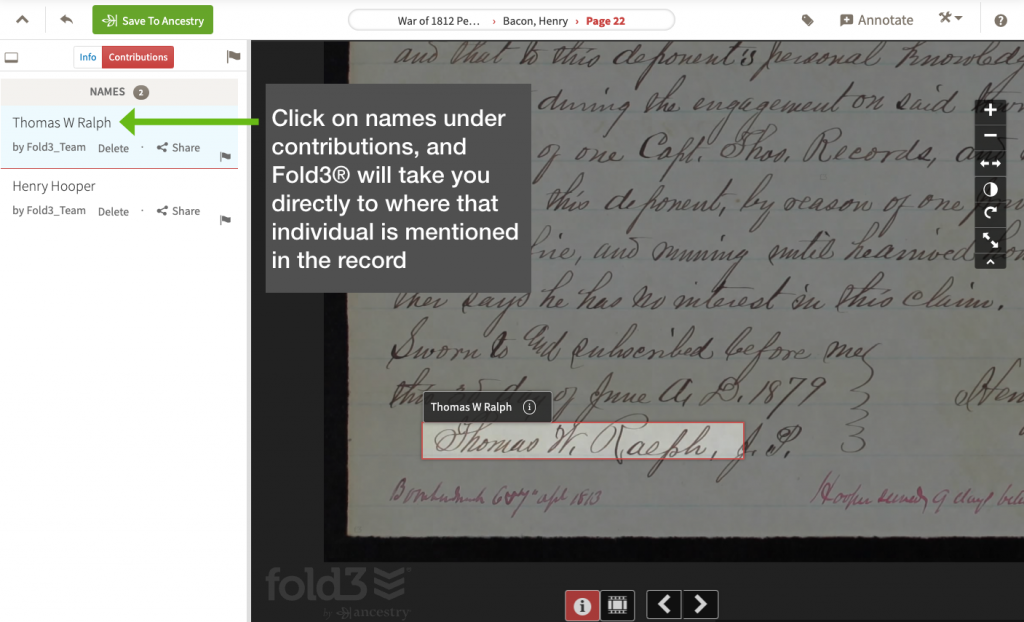
You may add additional annotations or transcribe the entire manuscript if you choose. See this short video for instructions on how to annotate Fold3® records.
For more Fold3® search tips and video tutorials, check out our updated Fold3® Help Center. Start searching Fold3® today.
